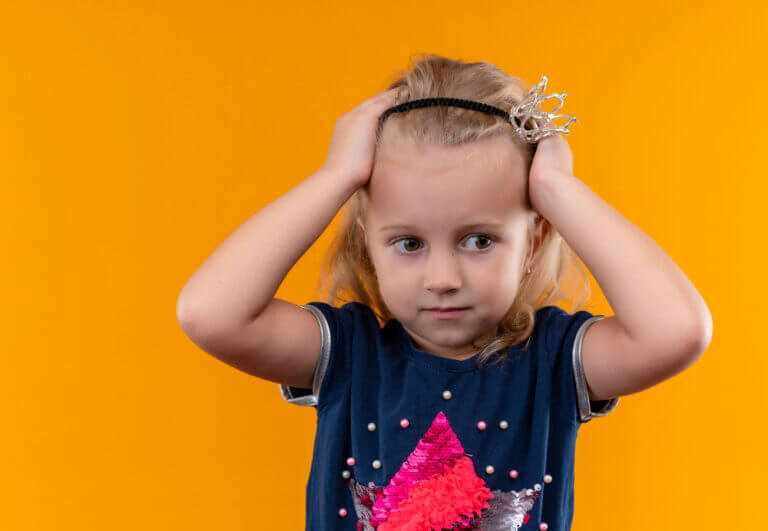Movement disorders in children
Movement disorders in children encompass a broad range of conditions that affect a child’s ability to control and coordinate their voluntary movements. These disorders can have various causes, including genetic factors, neurological conditions, or acquired conditions. Here are some common types of movement disorders in children:
- Cerebral Palsy (CP):
- Definition: Cerebral palsy is a group of permanent movement disorders that result from brain damage or abnormal brain development during pregnancy, birth, or early childhood.
- Symptoms: CP can manifest as a range of symptoms, including muscle stiffness, weakness, tremors, and coordination problems. It can affect one or more limbs and vary in severity.
- Dystonia:
- Definition: Dystonia is characterized by sustained or repetitive muscle contractions that result in twisting and repetitive movements or abnormal postures.
- Symptoms: Children with dystonia may experience involuntary muscle contractions leading to twisting, repetitive movements, or abnormal postures. It can affect specific body parts or the entire body.
- Tourette Syndrome:
- Definition: Tourette syndrome is a neurological disorder characterized by repetitive, involuntary movements and vocalizations known as tics.
- Symptoms: Tics can range from simple, brief movements or sounds (motor and vocal tics) to more complex ones. Tics typically start in childhood and may change in type and severity over time.
- Ataxia:
- Definition: Ataxia refers to a lack of coordination in voluntary muscle movements, often due to damage or dysfunction in the cerebellum.
- Symptoms: Children with ataxia may have difficulties with balance, coordination, and fine motor skills. Walking may be unsteady, and hand-eye coordination may be affected.
- Huntington’s Disease (Juvenile):
- Definition: Juvenile Huntington’s disease is a rare genetic disorder that affects the central nervous system.
- Symptoms: In children, this condition may lead to involuntary movements, cognitive decline, behavioral changes, and psychiatric symptoms.
- Benign Paroxysmal Torticollis:
- Definition: This is a rare disorder characterized by recurrent episodes of tilting or turning the head to one side.
- Symptoms: Children with this condition may experience episodes of head tilting or turning, often accompanied by irritability, pallor, and vomiting.
- Parkinson’s Disease (Juvenile):
- Definition: Juvenile Parkinson’s disease is a rare form of Parkinson’s disease that affects children and adolescents.
- Symptoms: Symptoms may include stiffness, tremors, slowness of movement, and difficulty with balance and coordination.
Treatment and management of movement disorders in children depend on the specific condition, its underlying cause, and its severity. Some common approaches include:
- Medications: Certain medications can help manage symptoms in movement disorders. For example, medications like botulinum toxin injections can be used for dystonia, while dopamine replacement therapy may be used in some cases of juvenile Parkinson’s disease.
- Physical and Occupational Therapy: These therapies can help improve muscle strength, coordination, and overall mobility in children with movement disorders.
- Speech Therapy: Speech therapy may be beneficial for children with conditions like Tourette syndrome or dystonia that affect vocalizations.
- Surgical Interventions: In severe cases or when other treatments are ineffective, surgical options such as deep brain stimulation (DBS) may be considered.
- Supportive Care: Supportive care and counseling can be crucial for helping children and their families cope with the challenges associated with movement disorders.
It’s essential for children with movement disorders to receive a thorough evaluation and individualized care from a multidisciplinary team of healthcare professionals, including neurologists, physical therapists, occupational therapists, and speech therapists, to optimize their quality of life and functional abilities.
------------From our Sponsors------------









